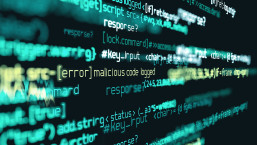Use of pirated and counterfeit Windows software has tripled since 2006, according to analysts IDC - creating a fertile breeding ground for malware.
For the report, entitled ‘The Dangerous World of Pirated and Counterfeit Software’, IDC analysts conducted 533 tests on counterfeit software from P2P and web sources.
The tests found that counterfeit software led to infection with Trojans and malicious adware in 36% of cases. The research was commissioned and sponsored by Microsoft.
The problem afflicts business as well as consumers, thanks to employees installing their own software - with a quarter of American firms reporting that workers had done so within the past two years.
IDC’s predicted figures for 2013 show unlicensed installations running at three times the level of their previous 2006 report - and growing faster than the number of connected PCs.
“Overall we found a somewhat cleaner environment [compared to 2006],” the report says.
“Back then, 25% of websites tried to infect our computers; this time it was 14%. Today, browsers are much better at fending off hijackers and redirectors, and search engines are much better at avoiding highly infectious sites.”
But malware itself has changed, according to IDC. “By all accounts, the threats delivered via malware are worse today than in 2006,” the report says. “More criminal organizations are involved and [there are] more sophisticated attacks and fraud.”
Even by conservative estimates, Microsoft is losing millions of dollars a year in revenues to pirated software. No wonder the company makes it very easy to report piracy. Companies that knowingly use pirated software run the risk that employees may report them.




